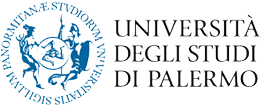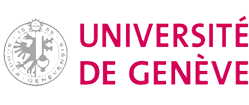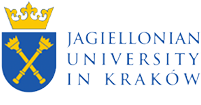Legal Sources in Central Europe: The Case of Legislation of the Polish Diet
This chapter examines the evolution of legal sources in Poland, focusing on the legislation of the Sejm (Diet) during the late Middle Ages and early modern period. The authors analyze how Polish law was shaped by multiple influences, including canon law, Roman law, local customs, and the legislative activities of the monarchy and noble assemblies. The discussion highlights the role of parliamentary institutions in the development of statutory law, as well as the broader European context in which Polish legal traditions evolved.
Les sources du droit dans le Royaume de Pologne (Sources of Law in the Kingdom of Poland)
The legal culture of Poland developed through a combination of different sources:
- Customary Law: The foundation of early Polish legal traditions, often transmitted orally before being codified in statutes.
- Canon Law: The influence of Church law was particularly strong in matters related to family, marriage, and morality.
- German Law (Saxon-Magdeburg Law): Urban centers adopted German municipal law, which coexisted with Polish legal traditions.
- Royal Legislation: Kings played an essential role in enacting laws, particularly from the 14th century onward, when monarchs began codifying legal norms.
The coexistence of these legal traditions created a pluralistic legal environment, where different sources of law were applied depending on the context.
La Diète (Sejm) de Pologne: un organe législatif (The Polish Diet: A Legislative Body)
- Formation and Institutional Development
- The Sejm emerged as a representative assembly in the late 15th century, composed of noble deputies (sejmiks), senators, and the king.
- The Sejm gained legislative authority through a process of negotiation between the monarchy and the nobility.
- Legislative Competencies
- The Sejm passed statutes (konstytucje) that regulated taxation, military service, and noble privileges.
- It also played a role in judicial matters, particularly through its influence on the Crown Tribunal, Poland’s highest court.
- Consensus and Decision-Making
- The principle of unanimity (nemine contradicente) was central to the Sejm’s functioning.
- Later, this practice evolved into the liberum veto, which allowed any single deputy to block legislation, leading to political stagnation in the 17th century.
La législation de la Diète: évolutions et portée (Legislation of the Diet: Evolution and Impact)
The chapter traces key legislative milestones:
- 1347: The Statutes of Casimir the Great, an early attempt at legal codification.
- 1505: The Nihil Novi constitution, which prevented the king from enacting laws without the Sejm’s approval.
- 1569: The Union of Lublin, which merged Poland and Lithuania into a single legal system under the Polish-Lithuanian Commonwealth.
These legislative acts contributed to the development of constitutionalism in Poland, reinforcing the idea that law should be based on collective decision-making rather than absolute royal authority.
Conclusion
The Polish Sejm played a crucial role in shaping the country’s legal and political traditions. Its legislative authority was rooted in a balance of power between the monarchy and the nobility, making it a distinctive institution in European legal history. The chapter highlights how Polish legal traditions, while influenced by external sources, developed in a unique way, reflecting the country’s political culture of noble democracy.







